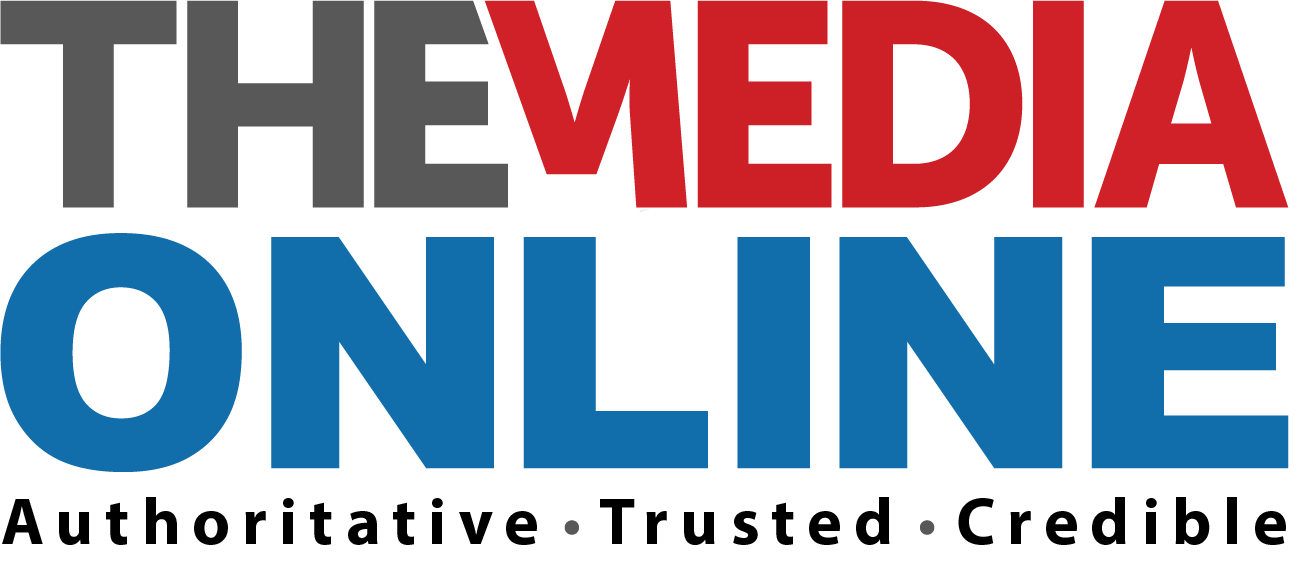From music tech to animation studios, Africa’s creative industry is generating jobs, investment – and global influence.
Africa’s creative economy is no longer emerging – it’s evolving. As we prepare for FAME Week Africa’s annual gathering of film, media, and entertainment in Cape Town this September, I’ve been engaging with producers, policymakers, and investors about the future of the continent’s cultural and creative industries — and how we scale them.
What’s clear is that the deals floor is alive with possibility: new shows, fresh partnerships, and cross-border collaborations are taking shape. It’s a fast-moving, multi-faceted evolution — sometimes chaotic, but undeniably promising.
And while the momentum is exciting, what matters even more is the sector’s real potential to deliver jobs, growth, and a rising cultural identity for a continent stepping unapologetically into the global spotlight.
The African creative footprint
The United Nations Development Programme estimates that the global creative economy generates more than $2-trillion in annual revenues. Worldwide, creative industries account for 3.1% of GDP.
While Africa’s share of the international revenue pie is only 1.5%, this footprint has drawn the attention of investors and policy makers alike – largely due to its young and expanding market.
Between 2010 and 2020, the value of Africa’s creative exports grew by 4% overall. However, 2018 marked a standout year, with the sector recording an impressive 14% growth rate, according to UN Trade and Development.
Estimates about the value of the creative economy capture only part of the African story. Measuring the impact of these industries is complex, with many African creatives working in the informal sector. But what’s clear is that the creative sector is already a significant employer.
Youth dividend is real
More than 50-million people are currently employed worldwide by cultural and creative industries (UNDP), with Africa generating more than two million of these jobs in a single year (2022). The youth dividend is real: the creative economy is the largest employer of people under the age of 29, and roughly half the sector’s workforce are women.
In a country like South Africa, with rampant youth unemployment, the creative sector offers a relatively low barrier to entry for work. Currently 6% of jobs (that’s roughly 1 million jobs) in South Africa are coming from the cultural economy.
Because of this potential, more and more countries are recognising that the creative sector could be a key economic driver. Kenya, for example, passed the Creative Industries Bill in 2023 to provide stimulus and support through infrastructure, marketing and funding.
The Nollywood factor
In Nigeria, the creative sector is the second-largest employer after agriculture, generating an estimated 4.2-million jobs across film, fashion, music and media. Producing more films a year than Hollywood, Nollywood contributes about 2.3% to Nigeria’s GDP.
According to PwC, the country has the world’s fastest-growing entertainment and media industry, with box office revenues expected to hit $10-billion by 2028.
Despite the progress, obstacles persist. Infrastructure is patchy and unreliable internet access in some regions continues to stifle growth. Licensing systems are underdeveloped and piracy rampant, with access to funding and monetisation opportunities inconsistent, often concentrated in a few hubs, notably Lagos, Nairobi and Cape Town.
However, initiatives such as the African Continental Free Trade Area (AfCFTA) are beginning to address these issues by easing cross-border trade in creative and cultural goods. Governments are also introducing initiatives to support the sector.
Tax rebates for film production
Ghana, for instance, introduced its first tax rebate for film production last year (South Africa already offers this) as well as incentives that include exemptions on import duties for film production equipment and port taxes. South Africa also has a Cultural and Creative Industries Masterplan.
While these plans are on the table and starting to spotlighting the potential; growth in the sector is largely driven by private sector investors. MultiChoice has established itself as a category brand for African entertainment, setting the benchmark for pay-TV and streaming across the continent.
With a strong presence through platforms like DStv, Showmax, and SuperSport, it has become synonymous with home entertainment for millions of African households. As one of the first major TV and streaming providers in many markets, MultiChoice helped define what premium, locally relevant content looks like—spanning film, television, sports, and children’s programming.
Its investment in original African stories and its influence on viewing habits have cemented its role not just as a broadcaster, but as a cultural force shaping how Africa sees itself and shares its narratives with the world.
Netflix reshaping perceptions
Netflix, meanwhile, has accelerated global access to African storytelling, investing in high-quality original productions and elevating African content to global audiences. With successful titles like Queen Sono, Blood & Water and The Black Book, Netflix is reshaping international perceptions of African creativity, while also raising the bar for local production value and storytelling.
Together, MultiChoice and Netflix represent two powerful forces in Africa’s evolving entertainment landscape—one rooted in legacy and continental reach, the other in global scale and digital disruption.
With projections placing the value of Africa’s creative economy at $100-billion by 2030, the sector is not just shaping culture — it’s becoming a cornerstone of economic development. What we’re witnessing is not a passing moment, but a movement gaining momentum.
As the continent’s creative industries convene at this year’s FAME Week Africa, the spotlight will be on what emerges next. Organisers have confirmed the participation of key players from the USA, UK, China, and Nigeria, all converging in South Africa’s film capital, Cape Town.
With global attention turning to Africa’s screens, the continent is poised to redefine itself — not just through what it creates, but through how it commands and shares its creative power with the world.
FAME Week Africa takes place from 1-6 September 2025.
Martin Hiller is FAME Week Africa’s portfolio director.














